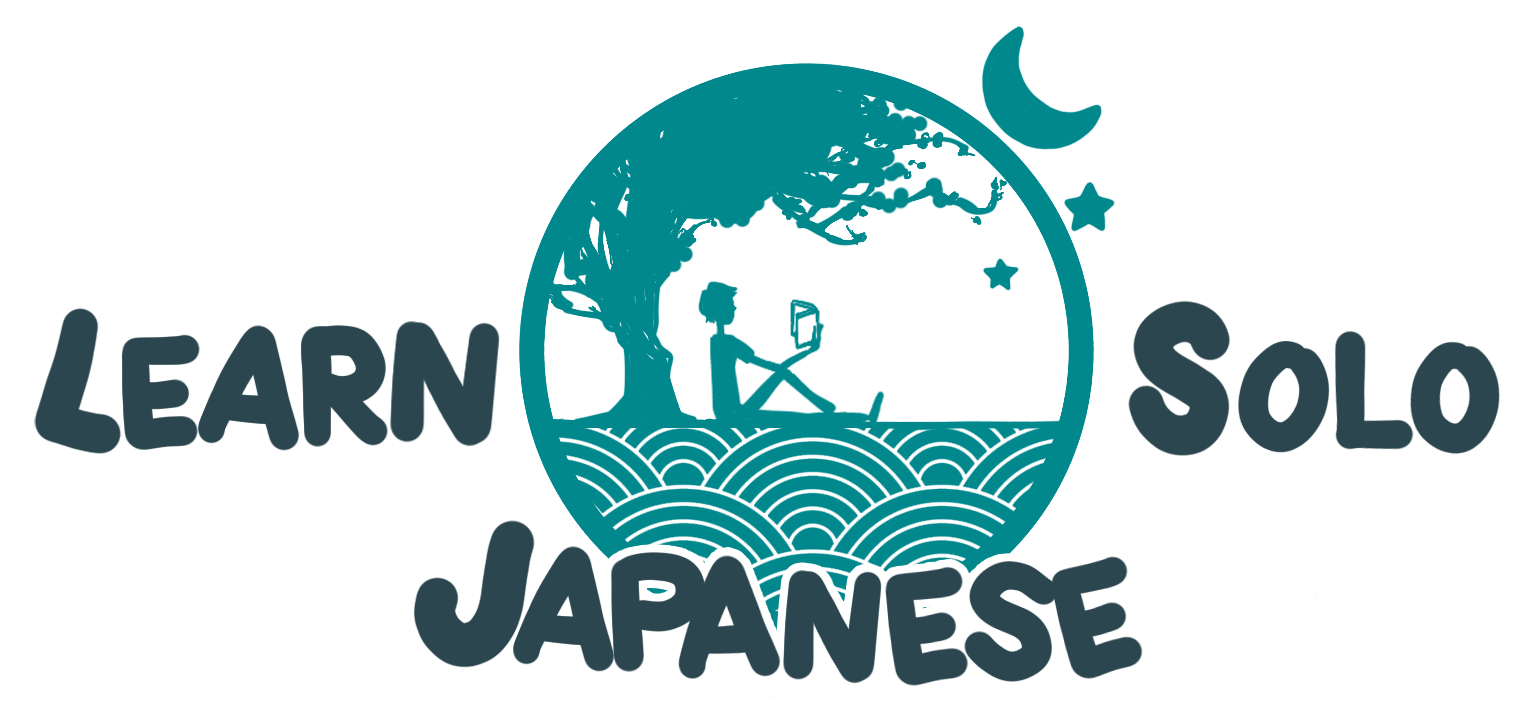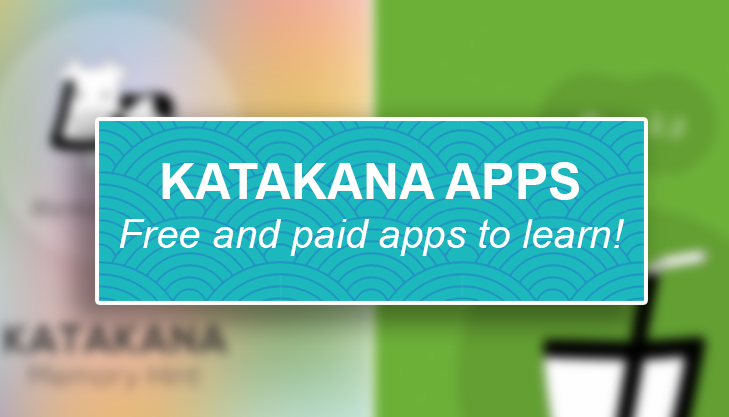Asking how long it takes to learn katakana is a difficult question as there a lot of variables. It really depends on how effective you are at studying and how fast you want it to go.
On average, a beginner takes around a month to learn Hiragana and Katakana together. If you study efficiently and don’t slack off, you can easily learn katakana in a few days. As some characters just resemble pointy hiragana, you might even end up finishing katakana more quickly!
Katakana is the next stop in the Japanese alphabet after hiragana. It follows the same syllables as hiragana but the characters are different and more pointy. Like hiragana, the base alphabet comes with 46 characters plus modifiers to change the sounds.
Some people liken it to being capital letters where as hiragana is lowercase. While there are some similarities that’s not a totally apt comparison. Katakana is generally used for foreign loan words, emphasis and improving visual readability.
So let’s get into the most effective ways to learn katakana while avoiding the common mistakes.
What is the best way to learn katakana?
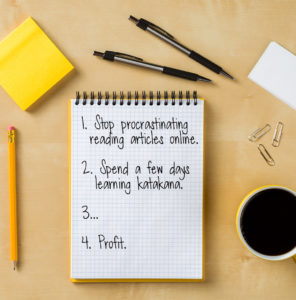


Follow these 4 easy steps to learn katakana right now!
Like hiragana, visual mnemonics are the most effective way to learn katakana. Mnemonics are made up stories to remind you what the character looks and sounds like. Because katakana is a visual alphabet we use visual mnemonics to remember it. To come up with a mnemonic you need to look at the shape of the katakana and think of a story about what it looks and sounds like.
The mnemonic I always remember from school was “Sew? Sew button!” for the katakana character So. You picture a button with a long needle and thread sitting next to it. It looks a little like a smile so it seems like I’m enjoying sewing… which is very far from the truth in real life!
The reason that has stuck with me for so long is because it contains several important elements:
- An easy picture in your head of what the katakana looks like (thread and a button)
- Short and catchy sentence
- Emphasis on how the character is supposed to be pronounced (Sew/so)
The key to mnemonics is by using as many senses as possible so it links the new information to old information and sticks. Of course, the weirder and more memorable things you can think of the better!
You can find katakana mnemonics in pretty much every learning app but I think the best ones are personal. I usually make crazy ones up about places, people or things that are in my real life.
How often should you study?
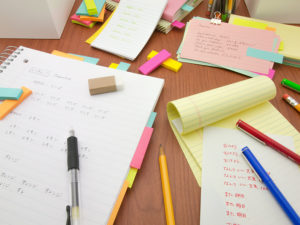


Spending this much time colour coding your notes may push the time estimate out slightly.
Like hiragana, katakana has 46 basic characters so if you wanted to learn 10 of them a day it would only take you 5 days to finish them all!
It can be tempting for a lot of people to just learn all 46 on the first day but you won’t remember them effectively if you do that. For the best results, learn a few characters every day. During your study you should also make sure to revise the characters that you previously learned and make sure they really stick!
When you’re starting out, study can get overwhelming so try to aim for around 40 minutes of katakana a day.
Of course if you have already finished learning hiragana you might have a great routine down by now and be quicker!
Should you study katakana and hiragana at once?
Some study guides say you should study hiragana and katakana together at the same time. While it works for some people, I think it’s better to keep them separate to avoid confusion.
Learn katakana after you’ve finished hiragana. That will give you a jump start to understanding the correct sounds and how the character grid works before you move into katakana.
Doing hiragana first also gives you the benefit of having a study routine in place. As several of the katakana characters just look like pointy hiragana, you can blast through characters quickly!
What are common mistakes people make when studying katakana?
Learning a new language is hard, especially one that’s so different than English. Don’t get discouraged, the top mistakes I see people making with katakana are similar to hiragana. If you can avoid them, that’s half the battle so let’s take a look:
Learning everything immediately.
If you get in over your head you might burn out and not remember anything you’ve spent time on. It’s better to think of these goals as long term and try to space things out. By giving your brain a break between sets you will recall a lot more.
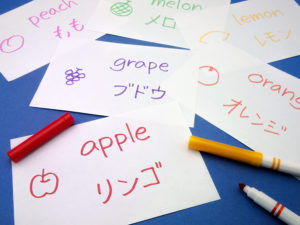


With a little practice, you too can write awkwardly about all of the fruits you eat.
Not revising the old characters.
Set aside time to test yourself at the beginning of each lesson so you can check your progress. Then if you can’t remember the characters, revise them again. Make sure to continue revising your hiragana too so you don’t forget it!
Using digital flash cards and never writing anything down.
It’s not often we use paper and pen these days but writing is important for learning. When you write the character, your brain makes connections with the shapes. If you can see the character in more ways it will be easier to recall.
Mixing up hiragana and katakana.
Some of the kana characters look very different and some look very similar. It’s easy to confuse them if you’re not familiar. As a rule, katakana tends to look more pointy while hiragana is rounder. It’s best to revise them together at this point so you don’t mix them up later when reading or writing. Words are not generally a mixture of hiragana and katakana so you don’t want to get confused.
Stopping after kana.
So you finished hiragana and katakana? Well done! Now is the time to start right away with kanji! You have mastered the basic Japanese writing system but there are so many more characters to learn. It’s not often that kana is used completely on it’s own without kanji so keep up your momentum and get started on the kanji as soon as you can!
If you want to see if kanji is something useful for your study goals, read my post here on whether you really need it.
What are good resources to learn katakana?
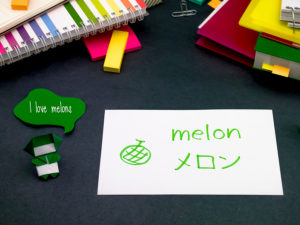


Soon, you too will be able to discuss your love of melons.
Now you’re ready to get down to learning, here are some good apps and resources for learning hiragana!
- Anki – Super customisable flash cards.
- Realkana – App and web version flash cards.
- Dr Moku – Flash cards with good mnemonics
Time to get studying!
So now you know that katakana is just your next stepping stone, fly through it and further your Japanese studies.
If you need to brush up on hiragana, check my timing guide or read up on more tips to make learning kanji fun.
